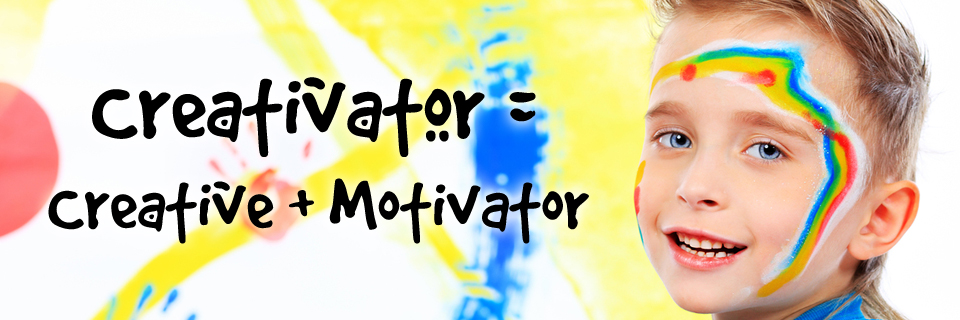Creativators
Creativator = Creative + Motivator
Kids’ Guide to Taking Action
Today, when I went to pick-up my daughter from preschool she was sitting on the ground in the corner of the after-care area with 3 blind students. All of them had smiles on their faces. The after-care instructor told me my daughter has been spending time with these 3 students every afternoon this week, answering questions and explaining to them in vivid detail what different objects, people and animals look like. ~author unknown
Creativators?! It’s not a word you hear everyday, but One World Heart Project intends to change that. Creativators are natural ambassadors; kids who see a need and take action. These fearless explorers of life help us discover uncharted territory and champion our spirit of adventure. If we take the time to notice, or pause for a moment to ask, a child can change our life forever. Their innocent wisdom has the potential to open our hearts and inspire our imaginations.
Kids’ Guide To Creativity
6-year-old Jimmy, a precocious kid, always told everyone he wanted to be a doctor when he grew up. One day as Jimmy was running through his house playing, he ran into the corner of a table and hurt his eye. Being a little kid, Jimmy cried for a while but also kept saying, “Oh no, now I can never be a doctor when I grow up.”
Jimmy’s mom trying to reassure him told Jimmy that he could still be a doctor but Jimmy kept insisting that he couldn’t. Finally she asked, “Why can’t you be a doctor, Jimmy?”
Holding one hand over his injured eye, Jimmy said, “Because now I will have to be a pirate!”
IQ scores are up. Creativity is down.
According to Newsweek, tests pioneered by E. Paul Torrance, created in 1958 and in use for over 50 years, have accurately predicted kids’ creative accomplishments as adults. Historically, those who have done well as children have grown up to become entrepreneurs, inventors, college presidents, authors, doctors, diplomats, software developers, and, of course, creative directors. Between 1958 and 1990 creativity scores went up; but since then they’ve inched downward year after year. Interestingly, the solution isn’t about teaching more music or art or creative writing . It’s about problem solving. Neuroscience tells us that the connection between the left side of the brain and the right side is what produces the “AHA” experience.
What should parents do?
* Encourage role playing at a young age.
* Don’t answer your kids’ questions; make them explore possible answers.
* Families that celebrate uniqueness enhance flexibility and adaptability.
* Practice creative activities and problem solving.
Kids’ Guide to Problem Solving
A little kid was looking at the large ripe watermelons growing in the gardener’s melon patch. “I’ll give you my twenty five cents for that watermelon,” said the boy pointing to a beautiful, large, ripe fruit in the middle of the patch.
“No,” said the gardener, “I get $2 for a Watermelon like that one.”
The little boy pointed to a tiny watermelon just beginning to grow on a nearby, “Will you take twenty five cents for that one?”
“Sure,” replied the gardener, “I’ll give you that one for twenty five cents.”
“OK,” said the little kid, sealing the deal by putting the coin in the gardener’s hand, “I’ll pick it up in about two weeks.”
Join us
1. Share your ideas and stories with us. Sharing@oneworldheartproject.org
2. Pick one of our “Do Good. Feel Good” ideas and do it
3. Download our a-Mazing art projects and share them with friends
4. Take our Creativator Pledge
5. Ask your teacher to design a class project that includes one of our GX ideas; i.e. respect, courage, humor, gratitude.







Follow Us!